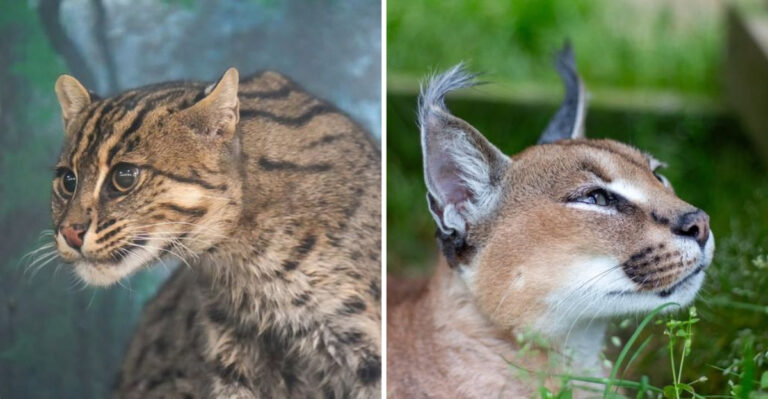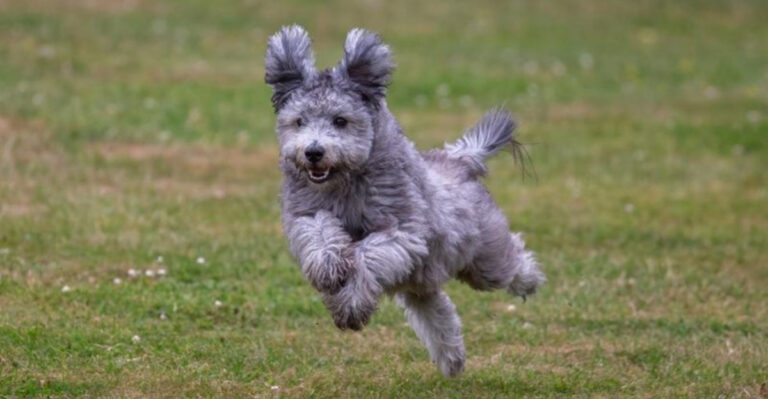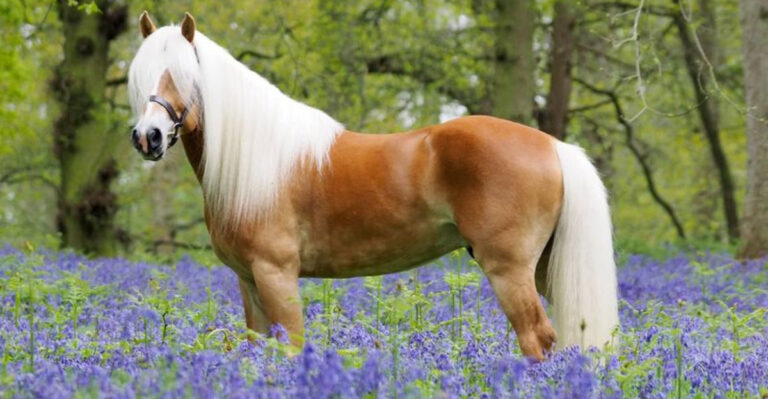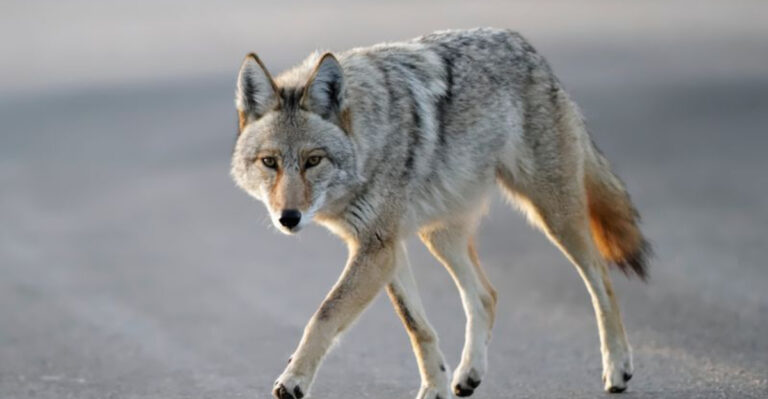How Dogs And Wolves Are Different From Each Other
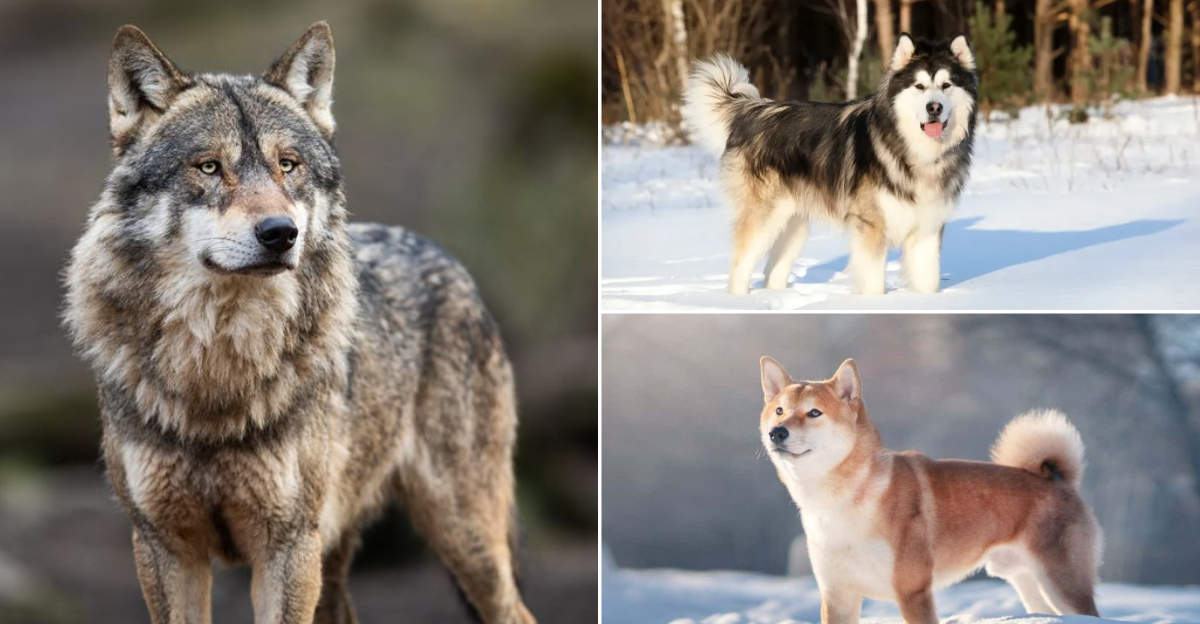
Dogs and wolves, two creatures so seemingly similar, are in reality worlds apart. Sure, at a glance, they might seem like family.
Yet, delve deeper, and you’ll find that these animals are as different as night and day. These differences aren’t just skin-deep.
Whether it’s their behavior, diets, or even the company they keep, dogs and wolves each carve their own unique path. Embrace the thrill of discovery as we explore ten fascinating ways these canines diverge.
1. Domestication History
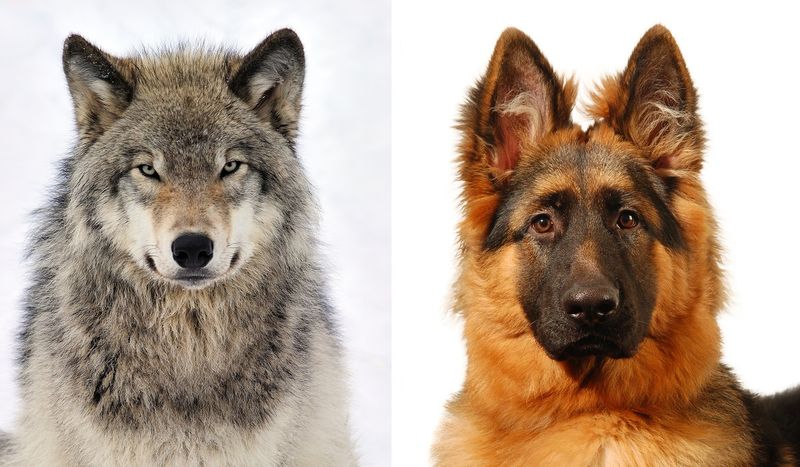
The domestication journey of dogs sets them leagues apart from their wild cousins, the wolves. Thousands of years ago, dogs began their transformation from wild animals to man’s best friend. This bond was forged as humans and early dogs formed partnerships for hunting and protection.
Wolves, however, remained on their untamed path, wary of human contact. Today, this historical divergence shows in their behaviors and instincts. Dogs have adapted to living with humans, understanding our cues and emotions.
Wolves retain their wild instincts, preferring the company of their pack. This history of domestication has led dogs to develop a unique social intelligence, setting them apart from wolves. It’s a fascinating tapestry of evolutionary change, painting dogs as adaptable companions. Wolves, on the other hand, stand as symbols of wilderness and raw nature, highlighting their untamed lineage. Their distinct paths illustrate a fundamental gap in their relationships with humans and the environment.
2. Social Structures
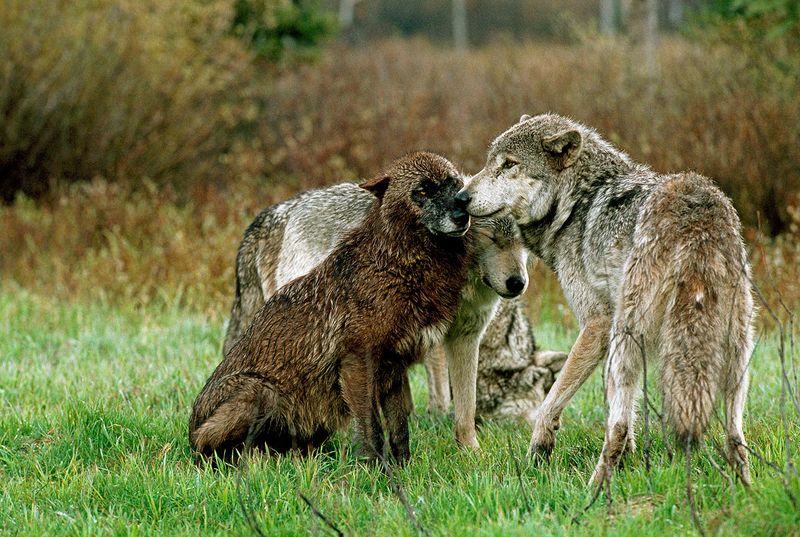
In the realm of social structures, dogs and wolves tell a story of divergence. Dogs have evolved to become social pets, thriving in human families. They’ve adapted to our ways, creating bonds with humans and other pets. Wolves, however, remain loyal to their own – the pack.
A wolf pack operates with precision and hierarchy, where every member knows their role. This pack mentality ensures survival in the wild. Dogs, accustomed to human society, often display flexible social behaviors, making them adaptable companions. The contrast here is stark. While a dog may see a human family as its pack, a wolf relies on its wild pack for survival.
This difference underscores their evolutionary paths. Dogs have become integral to human life, while wolves continue to embody the spirit of the wild, bound by the intricate social dance of the pack. It’s a testament to their distinct lifestyles and social hierarchies.
3. Diet And Hunting Behaviors
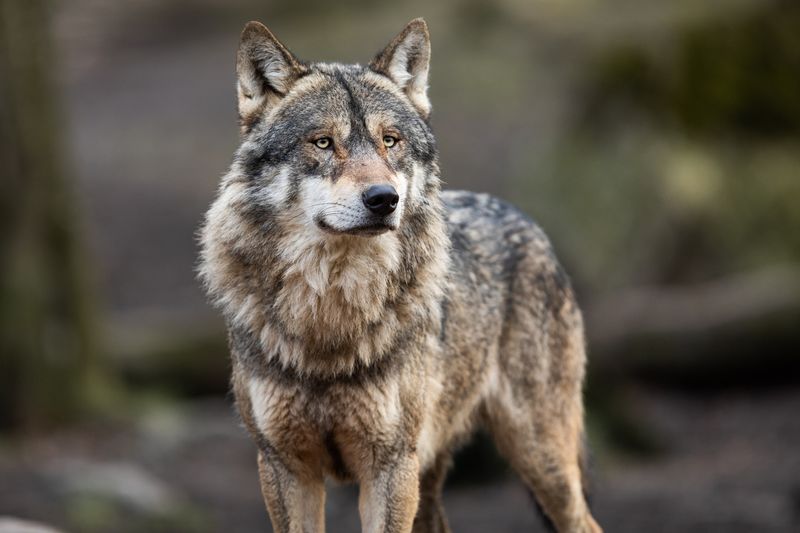
Diet is another domain where dogs and wolves diverge dramatically. In the wild, wolves are apex predators, hunting in packs to take down large prey. Their diet is raw and carnivorous, requiring them to hone their hunting skills.
Dogs, however, have adjusted to a more varied diet. As domesticated animals, they often consume processed foods like kibble and even human leftovers. This shift in diet has led to physiological changes in dogs, such as variations in digestion and taste preferences. Wolves, maintaining their wild diet, have retained strong predatory instincts. This contrast in dietary habits showcases their evolutionary adaptations.
While wolves remain the fierce hunters of the wilderness, dogs have become versatile feeders, adapting to life alongside humans. It paints a vivid picture of how dietary needs have sculpted their lifestyles and behaviors, creating a clear division in their natural and domestic environments.
4. Physical Appearance
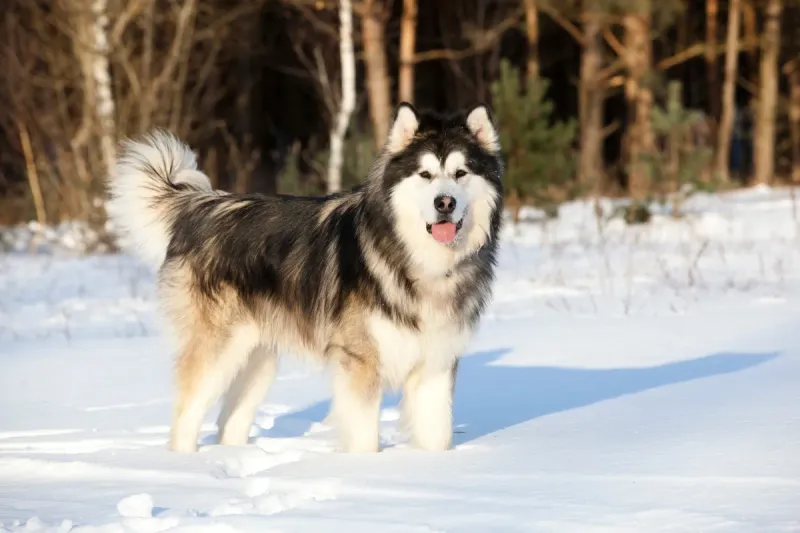
Physically, dogs and wolves present a striking contrast. Wolves, with their lean, muscular bodies and sharp features, are built for survival in the wild. Their thick fur, often in muted greys and browns, serves as camouflage.
Dogs, on the other hand, come in a diverse array of shapes, sizes, and colors. This diversity is a result of selective breeding by humans over millennia. While some dogs may resemble their wild ancestors, others are distinctly different, with features tailored for specific tasks or aesthetics. This physical diversity in dogs speaks to their close relationship with humans, who have bred them for various roles, from herding and guarding to companionship.
Wolves, unchanged by human interference, retain a uniform appearance essential for their survival. This difference in physical traits highlights not just their evolutionary paths but also their roles in the natural and human world, painting a picture of adaptation and survival.
5. Communication Styles
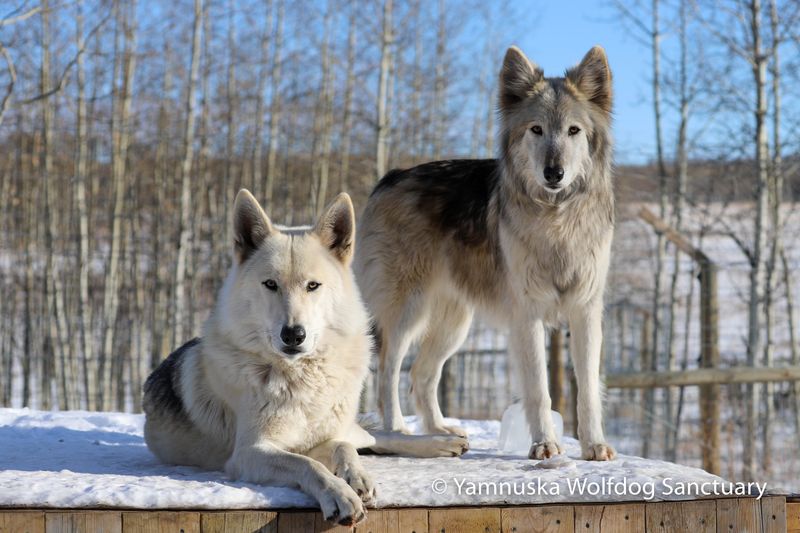
Communication is a realm where dogs and wolves show clear evolutionary pathways. Wolves rely on a complex series of howls, growls, and body language to communicate within their packs. This sophisticated communication is crucial for coordinating hunts and maintaining social bonds.
Dogs, meanwhile, have developed unique ways of communicating with humans and each other. Barking, whining, and tail wagging are just a few methods dogs use to express themselves. This evolution of communication reflects their domestication and adaptation to human societies.
The difference is intriguing: wolves use communication as a tool for survival in the wild, while dogs utilize it for interaction with humans and animals. This divergence in communication styles not only illustrates their adaptability but also highlights their distinct places in the animal kingdom. It’s a testament to the dynamic evolution of language and social interaction in these fascinating creatures.
6. Reproductive Behaviors
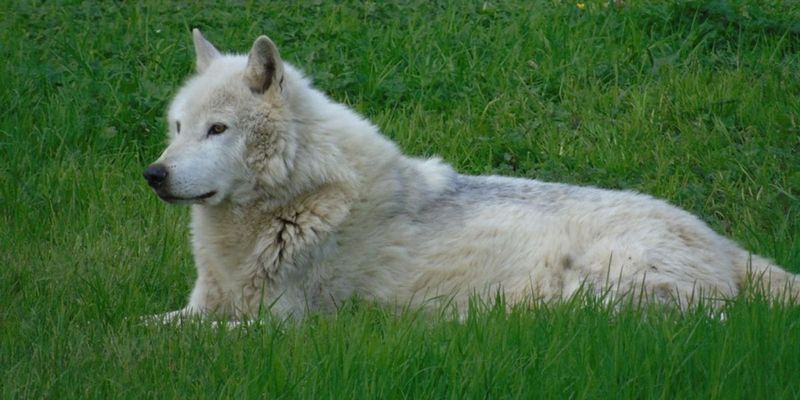
Reproduction and parental care offer another fascinating contrast between dogs and wolves. In the wild, wolves demonstrate strong parental care, with both parents and the pack involved in raising the young. This collective effort ensures the survival of the pups, teaching them vital survival skills. Dogs, however, often rely on humans to assist in raising puppies.
While mother dogs do care for their young initially, human intervention is common in domestic settings. This reliance on human care highlights the domestication path dogs have taken. Wolves, needing to ensure their offspring can survive the wild, maintain a strict regimen of teaching and protection. This difference in reproductive behavior underscores their adaptations to their environments.
Dogs, with their human-centric upbringing, contrast sharply with the self-reliant wolf packs. It’s a narrative of dependency versus independence, shaped by their evolutionary journeys and the environments they inhabit.
7. Territorial Instincts
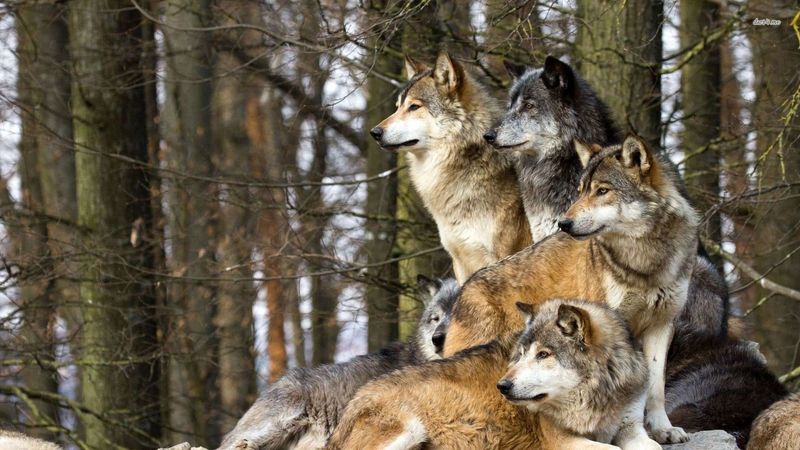
Territorial instincts showcase yet another divergence between wolves and dogs. Wolves are known for their strong territorial behavior, marking and defending their range to ensure control over resources. This territoriality is essential for their survival, dictating their movements and interactions in the wild.
Dogs, however, have adapted to shared spaces with humans, often displaying less territorial aggression. Many dogs, living in homes or small yards, do not need to defend large territories, thanks to human-provided security and resources.
This difference highlights the shift in lifestyle from wild to domestic. While wolves must fiercely protect their domain, dogs often look to humans for protection, altering their need to be territorial. This evolution in behavior underscores their adaptability and the roles they play in the human world. It’s a testament to how environment and companionship have reshaped their instincts, marking a clear divide in their territorial nature.
8. Lifespan And Health
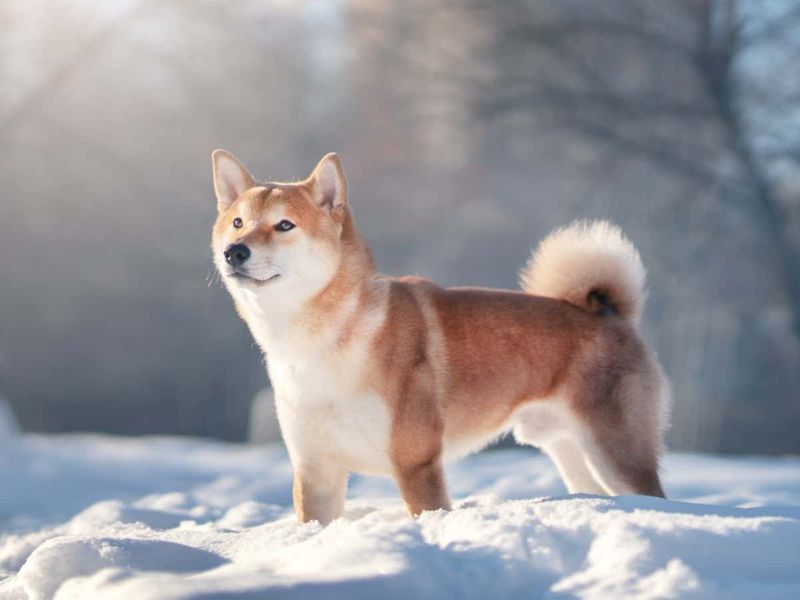
Lifespan and health present an interesting divergence in the lives of dogs and wolves. In the wild, wolves face numerous challenges such as predation, disease, and scarcity of food, often leading to a shorter lifespan averaging six to eight years.
Dogs, benefiting from veterinary care and consistent food supply, often live much longer, with many breeds reaching 10 to 15 years or more. This difference in lifespan is a direct result of their environments and the care they receive. Wolves, living a life fraught with danger, age quickly and face greater health risks.
Dogs, on the other hand, enjoy the luxuries of domestic life, contributing to their longevity. This contrast not only highlights their different living conditions but also underscores the impact of human care on canine health and lifespan. It’s a poignant reminder of the divergence in their evolutionary paths and the environments they thrive in.
9. Adaptability To Environments
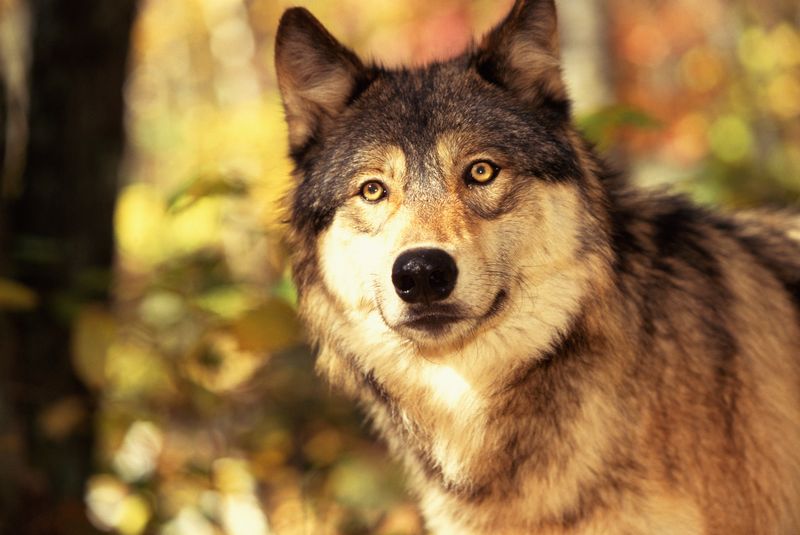
Adaptability is a trait where dogs and wolves show fascinating differences. Wolves are highly adapted to survive in a variety of wild environments, from icy tundras to dense forests. Their resilience is a testament to their evolution as apex predators.
Dogs, however, excel in adapting to human environments. Over time, they’ve evolved to live in harmony with humans, from bustling cities to quiet farms. This adaptability makes dogs incredibly versatile companions, capable of thriving in diverse settings.
The difference is stark: wolves adapt to the challenges of the wild, requiring keen survival instincts, while dogs adjust to human worlds, often relying on us for sustenance and shelter. Their adaptability speaks to their roles in nature and society, showcasing a split in survival strategies. It’s a fascinating exploration of how each has carved its niche, adjusting to the environments they inhabit with remarkable skill and resilience.
10. Role In Human Culture
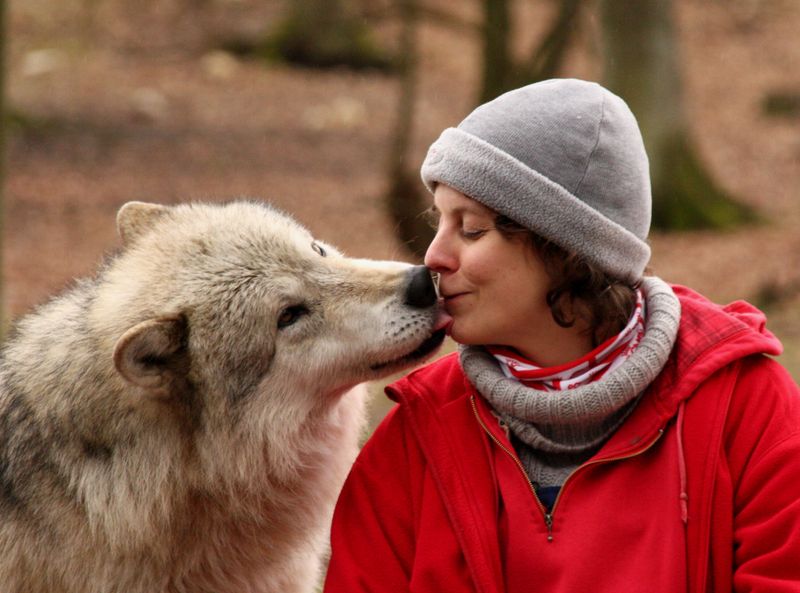
The roles of dogs and wolves in human culture highlight a profound divergence. Dogs, celebrated as loyal companions, have been integrated into human societies worldwide. They appear in folklore, serve various roles from herding to therapy, and are often beloved family members.
Wolves, however, are shrouded in mystery and awe. Often depicted as symbols of wilderness and freedom, they evoke a sense of the wild that still fascinates us. This cultural representation shows the different relationships humans have with these animals.
Dogs, encompassing roles of service and companionship, contrast with wolves, often seen as untamed and enigmatic. This cultural portrayal underscores their respective places in human life, from the domestic sphere to the wild frontier. It reflects a rich tapestry of interaction and perception, illustrating how deeply these animals have influenced and inspired human culture throughout history.



